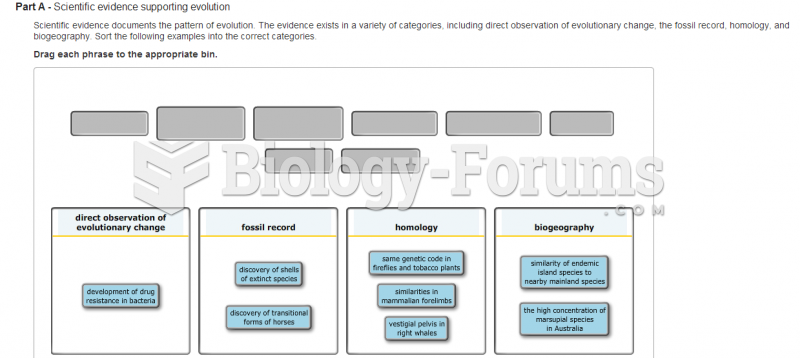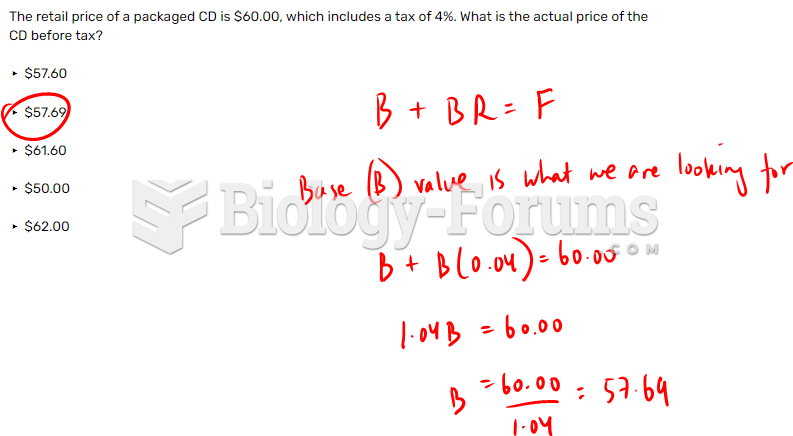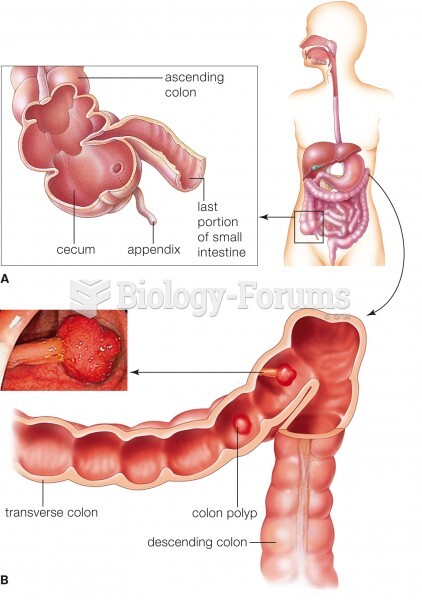Answer to Question 1
Note: This problem is independent of the previous Problem 6- 37. All the information needed to solve Problem 6- 38 is given in Problem 6- 38. There is no connection between Problem 6- 37 and Problem 6- 38.
1. Projected Sales
May June July August September October
Sales in units 480 520 750 500 460 440
Revenues (Sales in units 650) 312,000 338,000 487,500 325,000 299,000
Collections of Receivables
May June July August September October
From sales in:
May (15 312,000) 46,800
June (45; 15 338,000) 152,100 50,700
July (40; 45; 15 487,500) 195,000 219,375 73,125
August (40; 45 325,000) 130,000 146,250
September (40 299,000)
119,600
Total 393,900 400,075 338,975
Calculation of Payables
May June July August September October
Material and Labor Use, Units
Budgeted production 750 500 460 440
Direct materials
Wood (board feet) 6,750 4,500 4,140 3,960
Fiberglass (yards) 7,500 5,000 4,600 4,400
Direct manuf. labor (hours) 3,750 2,500 2,300 2,200
Disbursement of Payments
Direct materials
Wood
(6,750; 4,500; 4,140 34) 229,500 153,000 140,760
Fiberglass
(7,500; 5,000; 4,600 9) 67,500 45,000 41,400
Direct manuf. labor
(2,500; 2,300; 2,200 29) 72,500 66,700 63,800
Interest payment
(12 60,000 12) 600 600 600
Variable Overhead Calculation
Variable overhead rate 7 7 7
Overhead driver
(direct manuf. labor-hours) 2,500 2,300 2,200
Variable overhead expense 17,500 16,100 15,400
Cash Budget for the months of July, August, September 2015
July August September
Beginning cash balance 14,000 8,300 114,975
Add receipts: Collection of receivables 393,900 400,075 338,975
Total cash available 407,900 408,375 453,950
Deduct disbursements:
Material purchases 297,000 198,000 182,160
Direct manufacturing labor 72,500 66,700 63,800
Variable costs 17,500 16,100 15,400
Fixed manuf. and nonmanuf. costs 12,000 12,000 12,000
Interest payments 600 600 600
Total disbursements 399,600 293,400 273,960
Ending cash balance 8,300 114,975 179,990
2. Yes. Skulas has a budgeted cash balance of 179,990 on 9/30/2015, and so it will be in a position to pay off the 60,000 1-year note on October 1, 2015.
3. No. Skulas does not maintain a 14,000 minimum cash balance in July. To maintain a 14,000 cash balance in each of the three months, it could perhaps encourage its customers to pay earlier by offering a discount. Alternatively, Skulas could seek short-term credit from a bank.
4. Skulas' managers prepare a cash budget in addition to the operating income budget to plan cash flows to ensure that the company has adequate cash to pay vendors, meet payroll, and pay operating expenses as these payments come due. Skulas could be very profitable on an accrual accounting basis, but the pattern of cash receipts from revenues might be delayed and result in insufficient cash being available to make scheduled payments for its expenses. Skulas' managers may then need to initiate a plan to borrow money to finance any shortfall. Building a profitable operating plan does not guarantee that adequate cash will be available, so Skulas' managers need to prepare a cash budget in addition to an operating income budget.
Answer to Question 2
False







